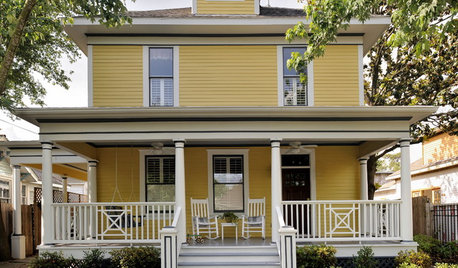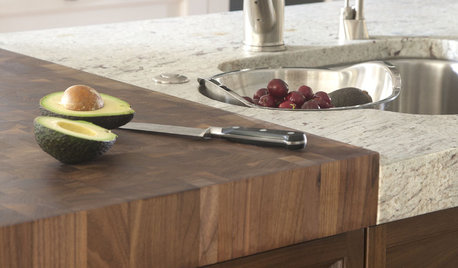how to prep asbestos siding for painting?
elvie z9CA
13 years ago
Featured Answer
Sort by:Oldest
Comments (7)
lucillle
13 years agojwheatie
13 years agoRelated Professionals
Bellevue Painters · Missouri City Painters · Cromwell Painters · Everett Painters · Lakeway Painters · Middle Island Painters · Monsey Painters · Santa Ana Painters · Stafford Painters · Ypsilanti Painters · Vienna Handyman · Alton Cabinets & Cabinetry · Watauga Cabinets & Cabinetry · Garland Flooring Contractors · Somerset Flooring Contractorsahassel4u
13 years agoarbpdl
11 years agoKatherine Terra
6 years agoionized_gw
6 years ago
Related Stories

PAINTINGHow to Paint a Room: Prep to Painting
Find out the steps to take for the best results when doing it yourself
Full Story
SELLING YOUR HOUSEFix It or Not? What to Know When Prepping Your Home for Sale
Find out whether a repair is worth making before you put your house on the market
Full Story
ENTERTAININGGenius Home Prep: A Guest Room in a Box
No dedicated guest room? Make hosting overnighters easier by keeping the essentials in one place
Full Story
ENTERTAININGHoliday Party Prep: Plan Your Table Settings
Do a dry run with dinnerware, table decorations and the buffet setup now to avoid surprises and stress later
Full Story
MONTHLY HOME CHECKLISTSYour Checklist for Quick Houseguest Prep
Follow these steps to get your home ready in a hurry for overnight visitors
Full Story
HOLIDAYSHoliday Party Prep: Ready Your Supplies
Take stock of serveware, wash off the dust and clear out the pantry now for low-stress entertaining later
Full Story
GARDENING AND LANDSCAPING12 Ways to Prep the Porch for Summer
Small Floor-to-Ceiling Projects for Your Front-Yard Perch
Full Story
BATHROOM DESIGNOut With the Old Tile: 8 Steps to Prep for Demolition
This isn't a light DIY project: You'll need heavy-duty tools and plenty of protection for your home and yourself
Full Story
LIFEHow to Prep Your Home for Summer Fun
Create a relaxed, beach-ready vibe with these ideas that let good times roll
Full Story
KITCHEN DESIGNKitchen Counters: Try an Integrated Cutting Board for Easy Food Prep
Keep knife marks in their place and make dicing and slicing more convenient with an integrated butcher block or cutting board
Full StorySponsored
Your Custom Bath Designers & Remodelers in Columbus I 10X Best Houzz
More Discussions











ionized_gw